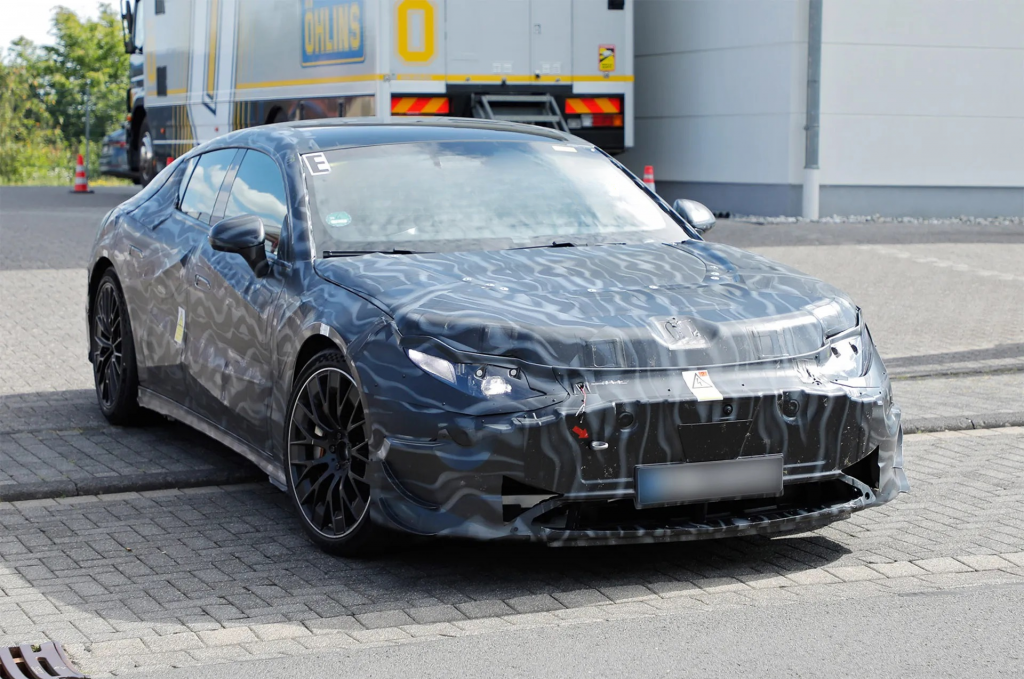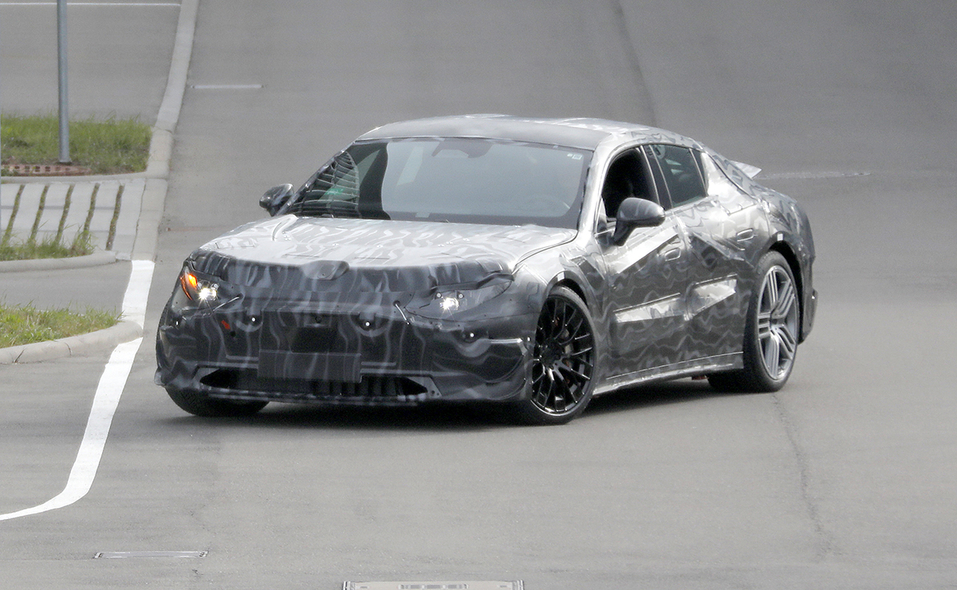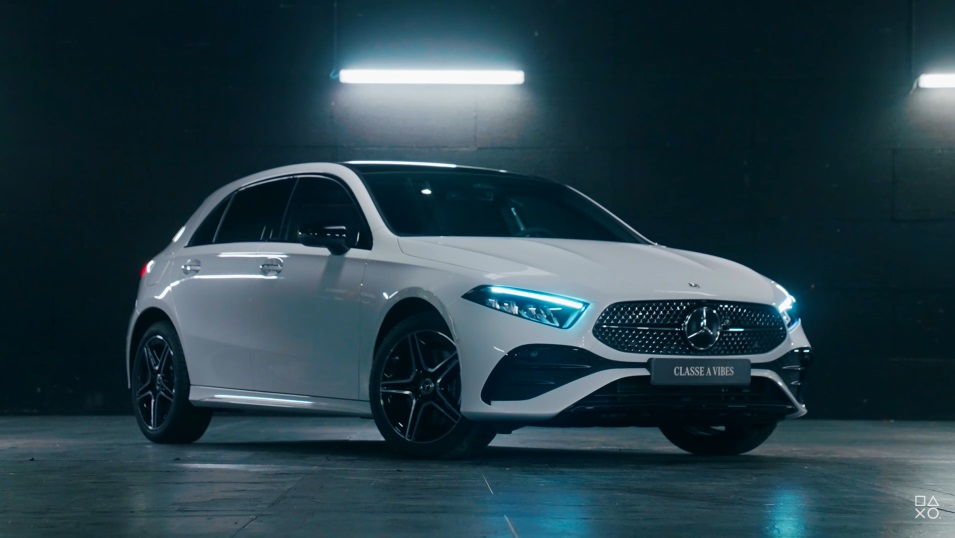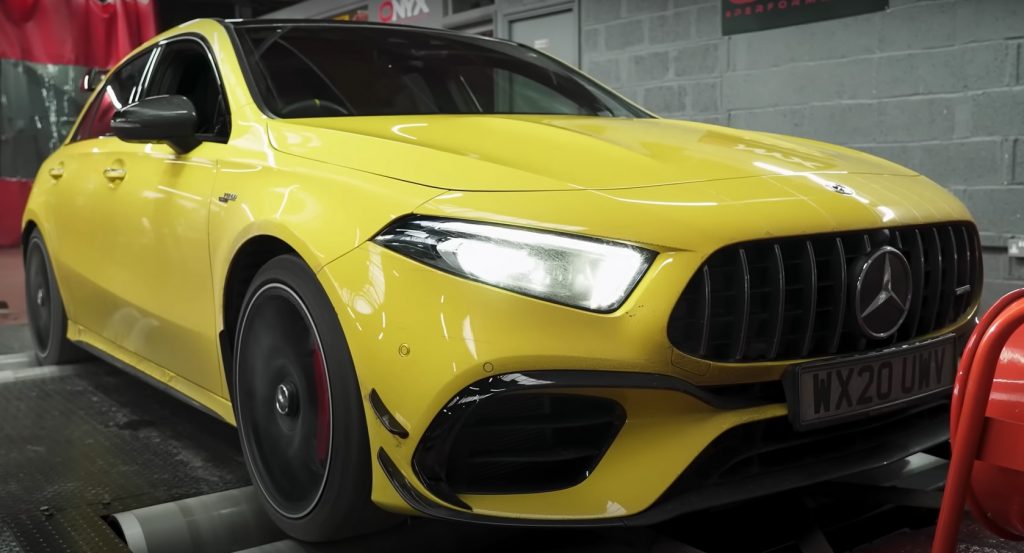The Mercedes-Benz User Experience (MBUX) stands as a testament as to how far we’ve come in automotive technology. However, like any sophisticated digital system, the MBUX can sometimes encounter glitches that necessitate a reset or reflash to maintain optimal performance.
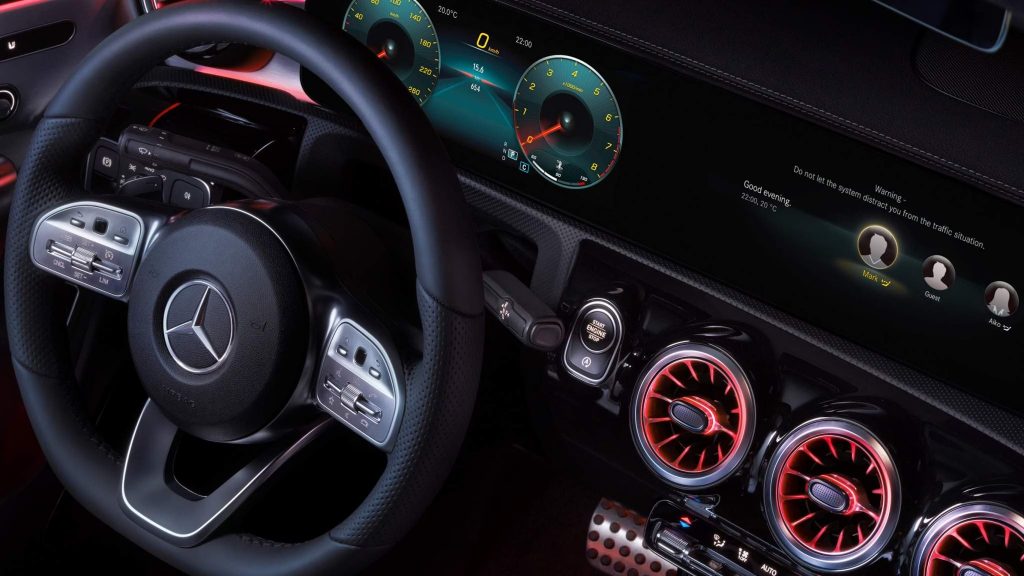
Soft Reset Indicators
Here are some indications that you may need to soft reset your MBUX infotainment system:
1. Unresponsive Touchscreen
A lagging or unresponsive touchscreen is a clear indication that a soft reset might be necessary. If you find that the MBUX display is not registering your touches or commands promptly, a soft reset can often resolve this issue by rebooting the system and clearing any temporary glitches.
2. Freezing Applications
When the apps within the MBUX system freeze or become sluggish, it’s a telltale sign that a soft reset may be in order. This can manifest as delays in navigation, music playback, or any other apps integrated into the infotainment system.
3. Bluetooth Connectivity Problems
Issues with Bluetooth connectivity, such as difficulty pairing with your smartphone or sporadic disconnections, may signal a need for a soft reset. Resetting the MBUX can help re-establish a stable connection and ensure seamless integration with your mobile devices.
4. Random System Reboots or Crashes
If your MBUX system experiences random reboots or crashes, it’s a red flag that a soft reset is warranted. These unexpected interruptions can disrupt your driving experience and compromise the overall functionality of the infotainment system.
5. Slow System Response
A gradual decline in the overall responsiveness of the MBUX system could indicate the accumulation of temporary data or software glitches. A soft reset can refresh the system, providing a boost in speed and responsiveness.
Reflash Indicators
On the other hand, these signs may suggest that it may be time to have your car software flashed:
1. Persistent Software Bugs
When soft resets prove ineffective in resolving persistent software bugs, a more comprehensive reflash may be required. Look out for recurring issues that impact the MBUX system’s performance despite repeated soft resets.
2. Outdated Firmware
An outdated MBUX firmware can lead to compatibility issues and reduced performance. If you notice that your system is running on an older firmware version, a reflash can update the software to the latest iteration, bringing in new features and enhanced stability.
3. Incompatibility with New Hardware
Upgrading or adding new hardware components to your vehicle, such as a new head unit or display, might require a reflash to ensure seamless integration with the MBUX system. This helps prevent compatibility issues and ensures optimal performance.
4. Security Vulnerabilities
If there are known security vulnerabilities in the MBUX software, a reflash becomes crucial to patch these weaknesses. Regular updates through reflashing help maintain the integrity of the system and protect it from potential cyber threats.
5. Manufacturer Recommendations
If Mercedes-Benz issues official recommendations or updates for the MBUX system, it’s advisable to perform a reflash to stay current with the latest improvements, features, and bug fixes.
Quick Fix for Your Malfunctioning MBUX Infotainment System
Soft resetting your malfunctioning Mercedes-Benz User Experience (MBUX) infotainment system can often help resolve minor glitches and restore optimal functionality if simply restarting your car fails to do the trick. Follow these steps to perform a soft reset:
1. Locate the Favorites and Telephone Button
Find the Telephone and Favorites button for your MBUX infotainment system. These are usually located on the center console or dashboard. The Favorites will have a star icon while the Telephone button will have an old-school phone symbol.
2. Press and Hold Buttons
Press and hold both buttons for approximately 10 to 15 seconds. Be patient, and make sure to keep them pressed until the screen goes blank or you see the system restarting.
3. Wait for the System to Restart
Allow the MBUX system to shut down completely and then restart. This process may take a minute or two. During this time, the screen may remain dark, but eventually, you should see the Mercedes-Benz logo or the system booting up.
4. Release the Buttons
Once you see the system restarting or the Mercedes-Benz logo, release the Favorites and Telephone buttons. The soft reset is now complete.
5. Test the System
After the soft reset, test the various functions of the MBUX system, such as the touchscreen, navigation, audio, and connectivity features. Ensure that the issues you were experiencing have been resolved.
If the soft reset doesn’t resolve the problems or if the issues persist, you may need to consider more advanced troubleshooting steps, including a reflash of the MBUX system or seeking assistance from a certified Mercedes-Benz service center.
It’s essential to note that the steps for a soft reset may vary slightly depending on the specific model and year of your Mercedes-Benz vehicle. If you’re unsure about the process or encounter difficulties, refer to your vehicle owner’s manual for model-specific instructions or consult with the manufacturer’s customer support.
Always exercise caution when manipulating the infotainment system while driving. It’s advisable to perform a soft reset when the vehicle is stationary and parked to ensure safety.
Reflashing
Reflashing, also known as flashing or updating, refers to the process of updating or reinstalling the software (firmware) on a device, component, or system. In the context of automotive technology, reflashing is commonly associated with updating the software of various electronic control units (ECUs) within a vehicle, including the infotainment system.
In the case of the MBUX infotainment system, reflashing involves updating the system’s software to address issues, improve performance, and ensure compatibility with the latest features and technologies. This process typically requires specialized diagnostic tools and access to official software updates provided by the vehicle manufacturer, in this case, Mercedes-Benz.
Prioritize the safety and integrity of your vehicle by seeking professional assistance when considering a reflash for your MBUX system.




